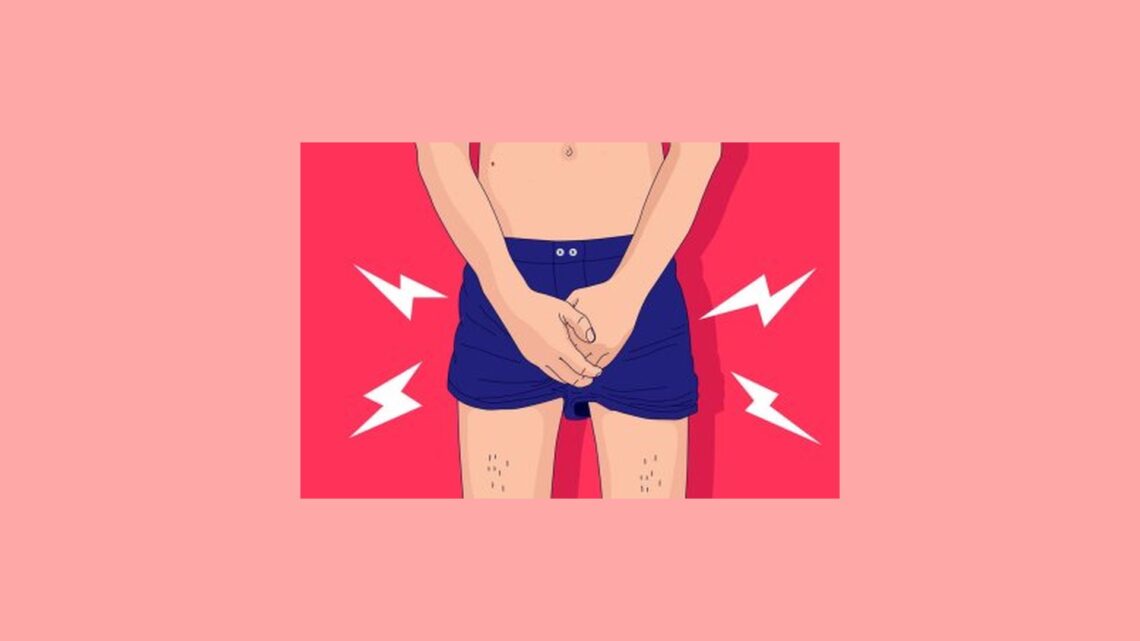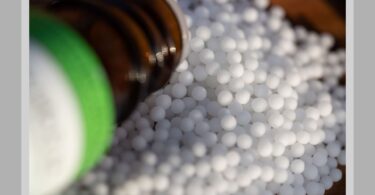Syphilis is a sexually transmitted disease (STD) caused by the bacterium Treponema pallidum. It has often been called “the great imitator” because so many of the signs and symptoms are indistinguishable from those of other diseases.
Syphilis is passed from person to person through direct contact with a syphilis sore (chancre). These lesions occur mainly on the external genitals, vagina, anus, or within the rectum. Sores also can occur on the lips and in the mouth. Transmission of the organism usually occurs during vaginal, anal, or oral sex. Pregnant women with the disease can pass it on to the babies they are carrying. It can also be transmitted through a blood transfusion from an infected person. Syphilis cannot be spread through contact with toilet seats, doorknobs, swimming pools, hot tubs, bathtubs, shared clothing, or eating utensils.
Many people infected with syphilis do not have any symptoms for years, yet remain at risk for late complications, if they are not treated. Although transmission occurs from persons with sores who are in the primary or secondary stage, many of these sores go unrecognized. Thus, transmission may occur from persons who are unaware of their infection. Treatment can kill the organism but it cannot reverse any of the damage the organism caused.
There are 3 stages of syphilis: The first is the Primary Stage. The primary stage of syphilis is usually marked by the appearance of a single sore (called a chancre), but there may be multiple sores. There may be swelling of lymph glands. The organism enters the lymphatic system and bloodstream and disseminates soon after contact. Inflammation and regional vasculopathy account for the signs and symptoms. The time between infection with syphilis and the start of the first symptom can range from 10 to 90 days (average 21 days). The chancre is usually firm, round, small, and painless. It appears at the spot where syphilis entered the body. The chancre lasts 3 to 6 weeks, and it heals without treatment. However, if adequate treatment is not administered, the infection progresses to the secondary stage.
Secondary Stage: Skin rash and mucous membrane lesions characterize the secondary stage. This stage typically starts with the development of a rash on one or more areas of the body. The rash usually does not cause itching. Rashes associated with secondary syphilis can appear as the chancre is healing or several weeks after the chancre has healed. The characteristic rash of secondary syphilis may appear as rough, red, or reddish brown spots both on the palms of the hands and the bottoms of the feet. However, rashes with a different appearance may occur on other parts of the body, sometimes resembling rashes caused by other diseases. Sometimes rashes associated with secondary syphilis are so faint that they are not noticed. In addition to rashes, symptoms of secondary syphilis may include malaise, fever, swollen lymph glands, sore throat, patchy hair loss, headaches, loss of appetite, weight loss, muscle aches, and fatigue. The signs and symptoms of secondary syphilis will resolve with or without treatment, but without treatment, the infection will progress to the latent and possibly late stages of disease.
Late and Latent Stages: The latent (hidden) stage of syphilis begins when primary and secondary symptoms disappear. (This can extend four or more years in an untreated or undertreated individual.) Then, the patient enters the tertiary stage. Without treatment, the infected person will continue to have syphilis even though there are no signs or symptoms. However, the infection remains in the body. This latent stage can last for years. The late stages of syphilis can develop in about 15% of people who have not been treated for syphilis, and can appear 10 – 20 years after the infection was first acquired. In the late stages of syphilis, the disease may subsequently damage the internal organs, including the brain, nerves, eyes, heart, blood vessels, liver, bones, and joints. Signs and symptoms of the late stage of syphilis include difficulty coordinating muscle movements, paralysis, numbness, gradual blindness, and dementia. This damage may be serious enough to cause death. There is a formation of gummas (granulomatous lesions), which can involve the eye and adnexa, and the central nervous and cardiovascular systems. At this stage, neurosyphilis can manifest with acute meningitis, cranial neuropathies, optic atrophy, pupil abnormalities, paresis, and tabes dorsalis (degeneration of the dorsal columns of the spinal cord resulting in loss of coordination, reflexes and sensation, and ataxic gait).
Focal granulomatous lesions known as gummas develop and can affect virtually any organ system. The resultant dysfunction caused by these gummas accounts for the dysfunction seen in tertiary syphilis. Approximately 10% of untreated patients develop neurosyphilis. Since the organism has a predilection for the dorsal spinal cord and intercalated neurons, these patients can develop an ataxic gait and loss of sensation from the lower limbs, and light-near dissociated pupils, which are often miotic (Argyll Robertson pupils). If left untreated, dysfunction of the central nervous and cardiovascular systems can lead to progressive dementia and death.
A note about the eyes: While primarily genital, chancres may develop on the eyelid and conjunctiva. Other ocular signs in the primary stage include conjunctivitis, blepharitis, and alopecia. Ocular signs are most common in secondary syphilis and include episcleritis, (inflammation of the different layers of the sclera), anterior uveitis (inflammation of the uvea), uveitic glaucoma, neuroretinitis, chorioretinitis, ischemic retinal vasculopathy, and infectious optic neuropathy.
The syphilis bacterium can infect the fetus of a woman during her pregnancy. Depending upon how long a pregnant woman has been infected, she may have a high risk of having a stillbirth (a baby born dead) or of giving birth to a baby who dies shortly after birth. An infected baby may be born without signs or symptoms of disease. However, if not treated immediately, the baby may develop serious problems within a few weeks as already mentioned. In cases of congenital syphilis, the patient may manifest Hutchinson’s triad (interstitial keratitis (inflammation of the tissue of the cornea), deafness and malformed teeth), osteochondritis (inflammation of both bone and cartilage), chorioretinitis (inflammation of the choroid/uveal tract of the eyes), hepatosplenomegaly (enlargement of the liver and spleen), and anorexia. Untreated babies may become developmentally delayed, have seizures, or die.
Syphilinum is the nosode of Syphilis – In homeopathic literature Syphilinum is called “the Nosode of Destruction. “
In Sankaran’s Substance of Homeopathy: Some rubrics of Syphilinum are:
ANTISOCIAL (Phataks Rep)
MORAL FEELING, WANT OF
SQUANDERS
ABUSIVE
LIAR
DIPSOMANIA (uncontrollable craving for alcohol)
INDIFFERENCE TO THE FUTURE
“The main symptom of Syphilinum is “HOPELESS DESPAIR OF RECOVERY” (Phatak’s Materia Medica). This indicates that the feeling of Syphilinum is one of DESPERATION. Whatever he does, he cannot regain his position (or recover the means to gain lost ground), and his efforts are finally of no use. This is the broad and general feeling of Syphilinum.
The syphilitic remedies are Aurum, Mercurius and Fluoric Acid. This same feeling is more specific in these remedies. In Aur-met this feeling is specific to his duty and responsibility. It is too much for him. In Mercurius the feeling is specific to being dominated. He feels he must desperately revolt. In Fluoric acid the feeling is that he cannot save the relationship, so he has to break it.
In SYPHILINUM the feeling is all of these and other spheres too – that his situation is beyond his capacity to salvage it and his situation is all too much for him. He desperately tries, and this is seen in manic attempts, for example in fanatic and manic religiousness, in manic tendency to wash his hands or keep his bowels clean, etc. But all this is felt to be insufficient – the situation gets too hopeless and the person decompensates into an Antisocial – “I don’t care” – attitude – which can lead to the worst of human behavior including serial killing.”
In the references that were consulted for this work, no notation of any record of cruelty towards humans was noted, but there is towards insects, animals, etc. It is a deep seated fascination. Their dreams of death, of being buried, being dead, etc are not distressing to them. So it is presumed that the same cruel behaviors they exhibit towards insects and animals could be exhibited with humans.
In the pathology of Syphilinum one sees this absence of hope. The pathologies are destructive to the body, and there is a poor reaction of the body with ulcerations, infarctions, hemiplegias, etc. There is destruction in the body as well as in the mind. Without proper treatment it is a slow, steady and difficult death. The mind and body give up and go into a state of self destruction without caring what happens. Syphilis in the mother is associated with habitual abortions. The fetus is already in a process of self – destruction, and already has the feeling “I wish I had never been born.”
For additional reading on this and various other nosodes please read Discussions on Nosodes available for purchase by contacting [email protected].
JoAnn Jarvis DHM, R.N. works as an RN and a homeopathic tutor. She earned Diplomas in Homeopathy and Homeopathic Medicine. She loves researching and discussing homeopathic remedies and also enjoys writing. JoAnn is a Reiki (Usui) Master and a registered Karuna I Reiki Practitioner. She is the author of Brain Jolt: A Life Renewed After Traumatic Brain Injury. She contributed to the Materia Medica Study Groups and is a writer for “Synergistic Energies” Newsletter.
See Donna Earnest bio below.







quite comprehensive!
Was never such an uplifting remedy state to read about, but thank you for the good summary of Syphilinum!
excellent article, I appreciate, & hope for other nosodes soonly,
thanks for the summary
What is the reaction of this medicine? For how many days it’s result came best?
thanks this wonderful article.